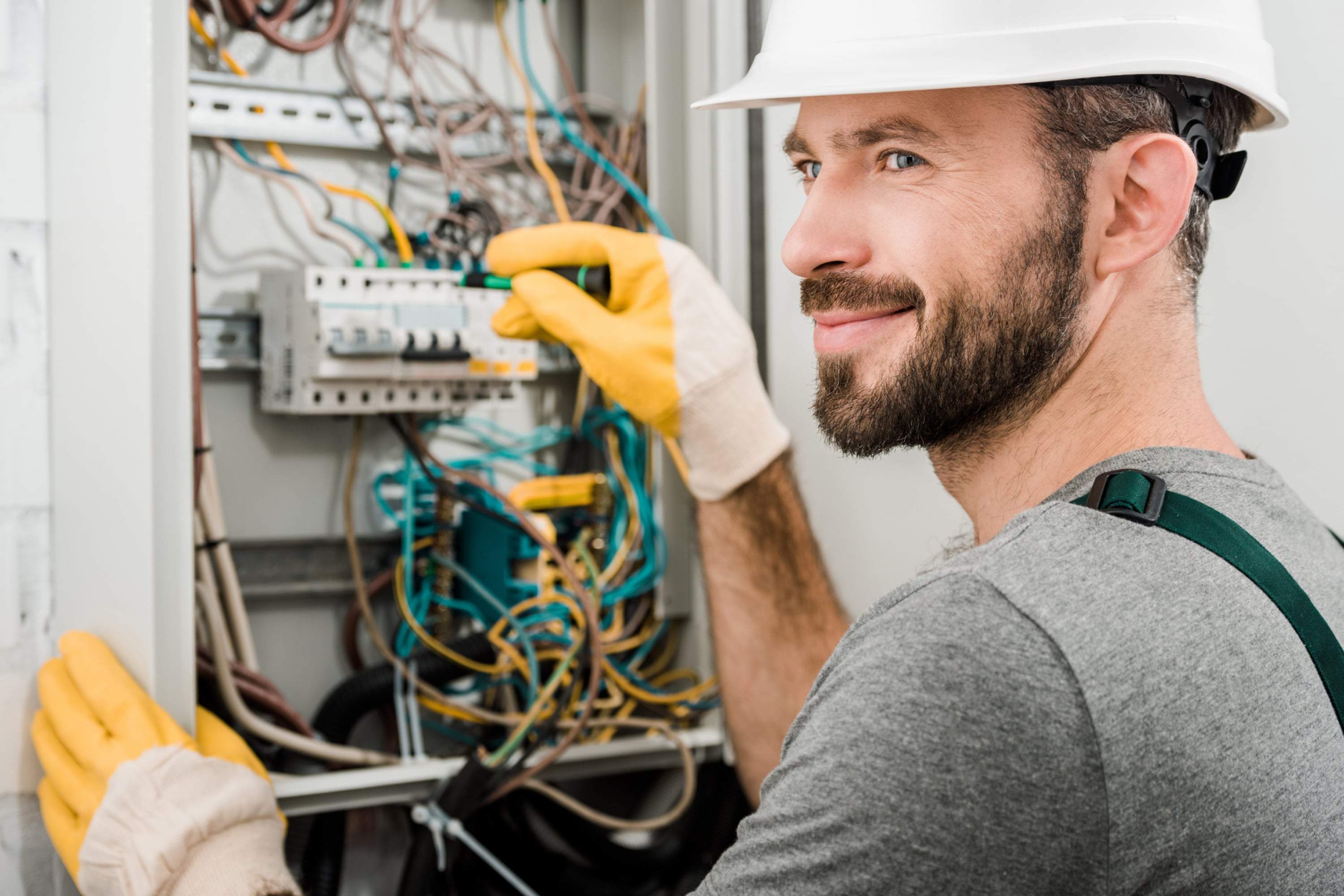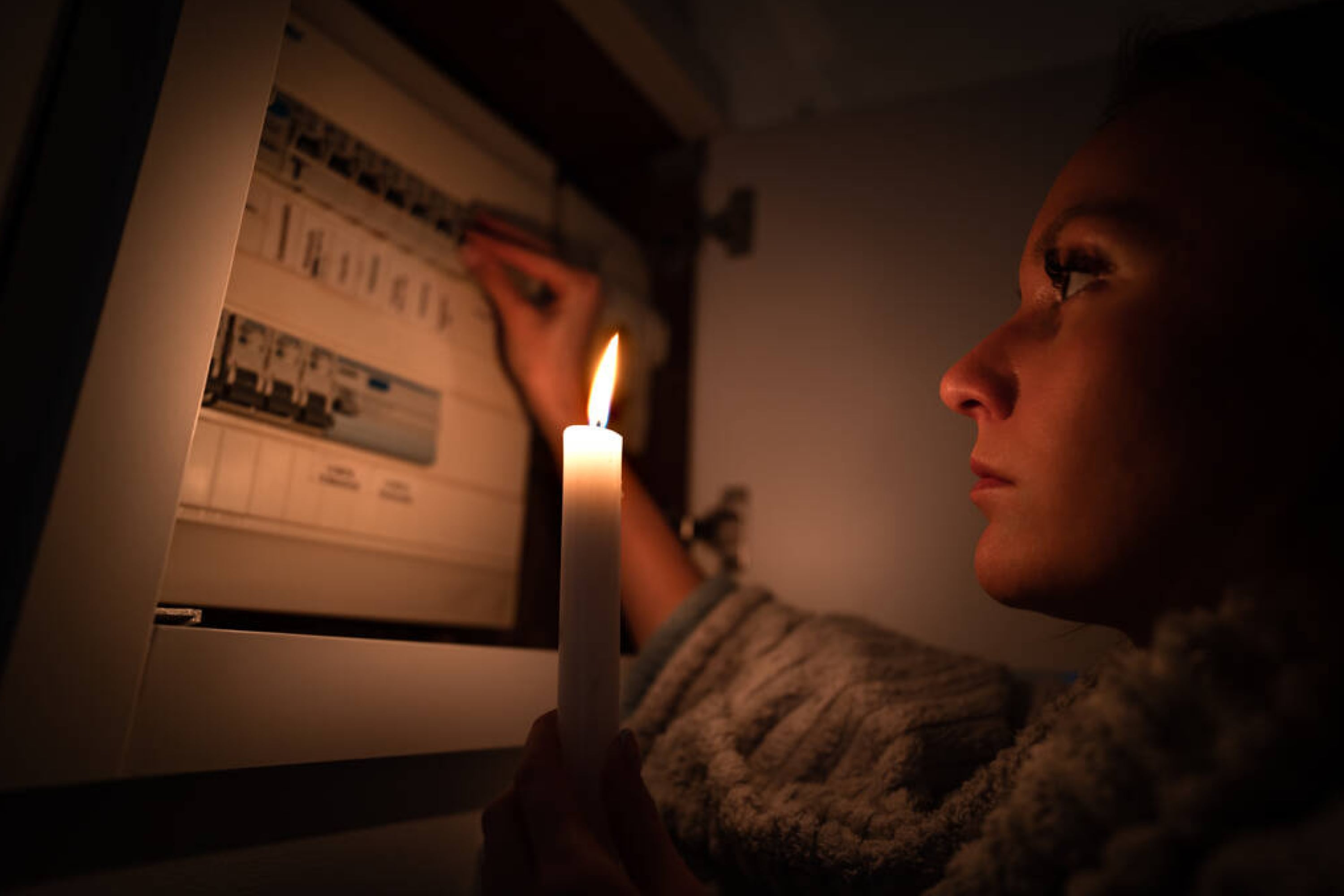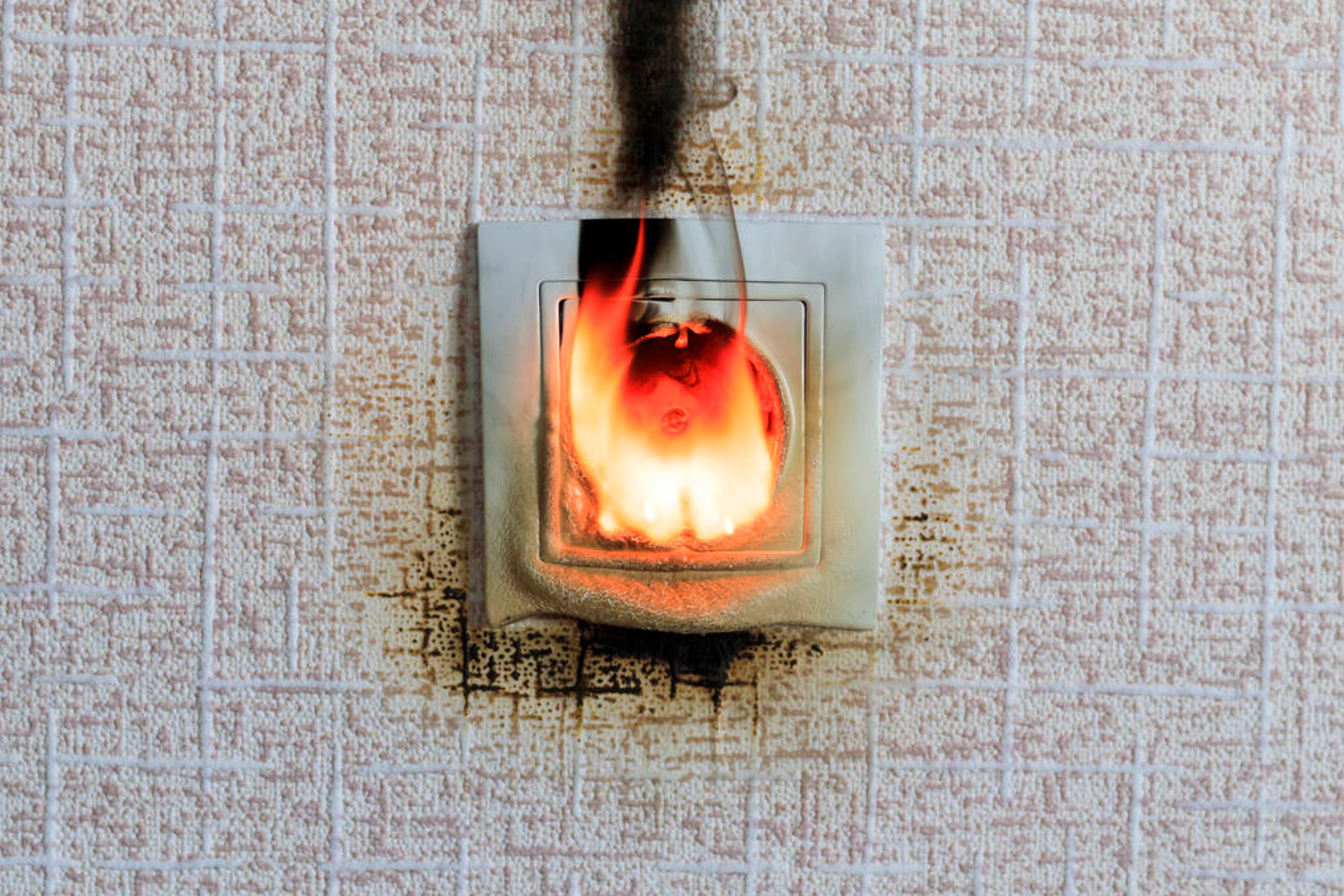Blackouts 101: What To Do Before, During & After A Power Outage
Having a plan in place for combating power outages is an essential component of your household’s emergency preparedness.
Having a plan in place for combating power outages is an essential component of your household’s emergency preparedness. Although power outages can often be triggered by external factors like grid failures caused by lightning storms, fallen trees, or strong winds, these home emergencies can also originate from electrical faults in and around the home.
With this in mind, it’s important that your household knows just what to look for when determining the cause of a power outage, and what steps need to be taken both during and after that blackout to reduce the risks of a repeat event.
So what should you do before, during, and after blackouts in your home?
We’ll be outlining an ideal blackout preparedness plan below so that you can make sure you’re thoroughly prepared to tackle your next power outage.
Before a power outage
Table of Contents
1. Conduct electrical maintenance for your property
It’s common for Aussie homes to experience blackouts during spring, especially for those living in regional areas along the east coast. If you’re aware that your home is prone to experiencing blackouts, then enlisting the services of a local, licensed electrician in Victoria, New South Wales, or Queensland is always recommended. The more experienced your electrician is with responding to your local weather conditions, the better.

Your electrician should conduct an electrical inspection of your property, including providing an assessment of your home’s switchboard and fuse box at a minimum. If your fuse box is outdated or your fuses are showing signs of damage, then your electrician may likely recommend a replacement or an upgrade.
You’ll absolutely want to ensure that this is completed before storm season begins, as a damaged fuse box is more likely to accrue additional damage during electrical storms, and perhaps even trigger a power outage.
And anybody who’s experienced a power outage during an electrical storm knows just how frustrating (and dark!) the experience can be.
The condition of all wiring, power outlets, and circuit breakers in your fuse box should also be checked for any damage or for the telltale signs of a short circuit. Checking your home’s electrical system for any of these signs prior to storm season, can help drastically reduce the likelihood of your household even experiencing a power outage.

AndrewLozovyi via VistaCreate
2. Prepare a blackout emergency kit
Alongside conducting maintenance checks on your electrical system, you and your household should prepare a ‘blackout emergency kit’ if you haven’t done so already. This kit should ideally include:
● some torches with extra batteries,
● non-perishable foods like tins or muesli bars,
● bottles of drinking water and/or electrolyte drinks,
● a basic first aid kit,
● a basic tool kit,
● hand sanitizer and other hygiene products,
● fully charged power banks with charging cables for phones, tablets, etc.,
● and any emergency contact information.
During a power outage
1. Turn off all switches (except one!)
The first thing you should aim to do during a power outage is turn off all switches, electronics, and electrical equipment around your home. Doing so will reduce the risk of your household experiencing a power surge once your power comes back on.
We recommend just leaving one light switch flipped on so that you and your family will be aware when your power switches back on. Leaving the light switches flipped on for your living room is a good bet here, as your living room is likely to be a central space in your home.

dariakulkova via VistaCreate
2. Contact your electrician and/or local energy provider
Next, check to see whether the power outage is affecting just your home or your wider neighbourhood as well. If the outage is affecting your entire neighbourhood, alert your energy providers to a possible electrical fault in their network.
If the power outage is isolated to just your property, it’s likely that the outage has been triggered by an electrical fault in the home. In this instance, you should call your electrician promptly to seek emergency repairs.
While you’re waiting for your electrician, you can try identifying the cause of the outage by searching for signs of damage to your power outlets or any other signs of a short circuit, but do not attempt to turn your power back on!
In emergency situations like power outages, it’s always best to seek expert assistance, as fiddling with temperamental switches and electrical fixtures can be highly dangerous and may result in you or family members experiencing an electric shock.
3. Do not open your fridge to conserve perishable foods
Food waste is naturally also a concern during power outages, especially if your fridge is packed full of perishable foods like cut fruits and vegetables, dairy products, and minces, cold cuts, and other kinds of meats.
Although an unopened fridge is generally capable of keeping food cold for around four hours, there is still a high likelihood that you may need to dispose of these perishable food items once your power comes back on, as the food may have gotten spoiled due to storage temperature changes.
For this reason, it’s recommended that families looking to save any perishable food items prepare eskies or ice boxes to keep chilled food in the event of a blackout.
If you don’t have ice and an ice box on hand, then simply try to limit the amount of times you open your fridge during the power outage, just to ensure that your perishable food items have the best chance possible of staying cool in a stable storage environment.

IgorVetushko via VistaCreate
After a power outage
1. Dispose of spoiled foods
If your power has been out for an extended period of time (or for anywhere more than four hours), the first thing you’ll want to do is throw out any food in your fridge that is likely no longer fit for consumption due to being exposed to higher temperatures.

Remember that it’s always best to err on the side of caution, so if you feel that something should be thrown out, promptly dispose of it without smelling or tasting.
Although your first instinct may be to go around your home and switch all your appliances back on, or perhaps even diagnose the cause of the outage, tending to your fridge first can help reduce the risks of your family falling victim to food poisoning due to unknowingly consuming spoiled foods.
2. Keep an eye out for evidence of a repeat electrical fault
Cleaning out your fridge first may also provide an adequate buffer of time for effects of a potential electrical fault to return once more. Be sure to keep a look out for any flickering lights, sparks around power outlets, or other signs of a potential electrical fault like a short circuit.
If the original cause of your power outage still hasn’t been rectified, then there are chances an additional blackout can occur.
Thankfully, even if the electrician you called for assistance during your blackout has only arrived once the outage has ended, they can still easily diagnose any electrical faults in your home. If you called no electrician during your blackout but are detecting signs of a potential electrical fault, then we recommend phoning your electrician now.
An undiagnosed electrical fault in the home can have the potential to grow dangerous very quickly, which is why nobody in your home should try and identify faults themselves, especially when most electrical faults can be promptly and safely identified by a licensed electrician with a multimeter.

sir2701 via VistaCreate
Conclusion
If you follow this blackout emergency plan, chances are you and your family will be able to get through any blackout situation feeling comfortable, confident, and totally safe.
Be sure to practice good electrical safety throughout this home emergency, and taking measures to ensure that any electrical faults are swiftly and thoroughly addressed by your local trusted electrician.







